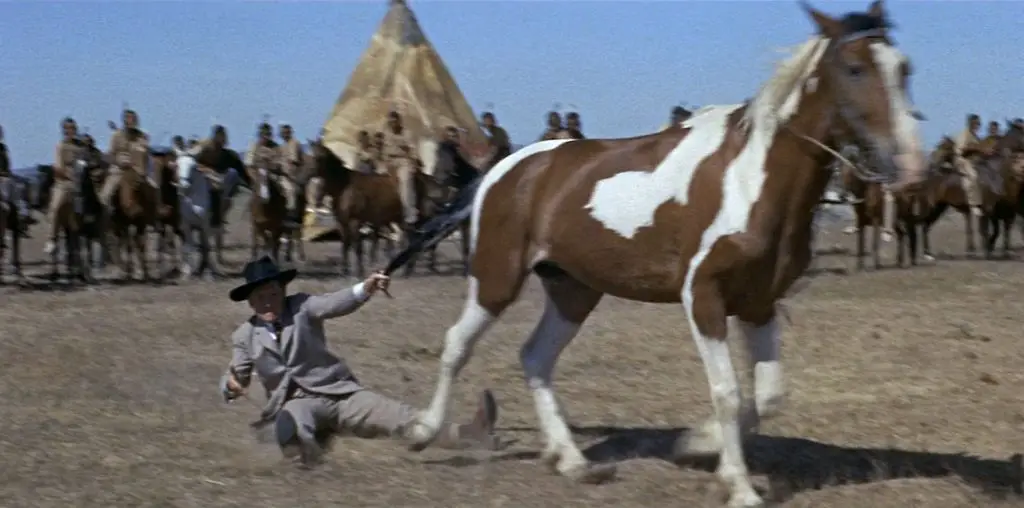
Tareque Masud’s “The Clay Bird” is a small, handsomely crafted and deeply sincere feature set in East Pakistan of the late 1960s as the region began to experience the violent political upheaval that resulted in the rise of an independent Bangladesh. The film focuses on a rural family’s turmoil and heartache due to the strains of Islamic fundamentalism.
Kazi is a strict Islamic homeopath who is upset that his young son Anu is being corrupted by Kazi’s brother, a university student involved in political activism. Anu’s uncle enjoys taking the child to the local Hindu festivals, which are a riot of noise and color and happy commotion. Kazi sends Anu to a madrasa, an Islamic boarding school which advocates a harsh religious zealotry. Anu is initially treated as an outcast by the boys at the madrasa and is only befriended by Rokon, another outcast student who is viewed as something of a kook by his peers.
At home, Kazi’s refusal to provide medical attention for his ailing daughter Asma creates a great strain between him and his wife Ayesha. When the child dies, the marriage is permanently ruptured and the couple maintain an icy co-existence. The political unrest of East Pakistan finds its way to the village when the army arrives, burning houses and killing people randomly. Kazi cannot comprehend how Muslim would want to kill Muslim, but Ayesha’s fear for her safety and Anu’s well-being forces her to ignore Kazi’s domination and seek her own independence.
“The Clay Bird” is an extraordinary production in regards to its lush cinematography by Sudheer Palsane, a beguiling music score by Moushumi Bhowmik that incorporates several songs performed during religious and secular festivals, and a gifted ensemble cast (mostly made up of non-professionals) who bring the warm and touching screenplay to delicate life. Although the story is rich with emotional and political upheaval, the film’s tone never rises to the hysteria level. Many critics have compared this film to Satyajit Ray’s “Pather Panchali” in its wise, artistic depiction of a rural South Asian family beset by tragedy.
But unlike “Pather Panchali” and Ray’s other masterworks, “The Clay Bird” has a distinct theological message against the virulent forms of Islamic fundamentalism, especially the jihadism taught in the madrasa. While no one can fault Masud for arguing against this corruption of the faith, “The Clay Bird” winds up with feet of clay in situations when a moderate schoolteacher lectures passionately about the peaceful and non-military way the Sufi Muslims successfully spread Islam across the Indian subcontinent, or in a late musical number at an outdoor recital stage when two singers (posing as a Sufi and fundamentalist) jokingly debate each other on who has correctly interpreted Allah’s will. And, of course, the film blatantly points out the mistreatment of women and girls within the Islamic family structure. It is no surprise that Bangladesh censors were initially hesitant to release “The Clay Bird” at home and only allowed its screening with the deletion of some footage; ironically, Bangladesh had no problem offering the film as its first-ever entry for the Best Foreign-Film Academy Award.
But even if the theological message is delivered in a somewhat clumsy manner, it nonetheless deserves to be heard. At a time when Islam has been hijacked by rogue elements, it is important to know that the religion is not a monolithic block of crazy radicals. Rather, there are those of the Islamic faith who are genuinely worried about the misuse of the faith for purposes that contradict the basic tenets of the Holy Quran. For that, “The Clay Bird” is a timely film.

